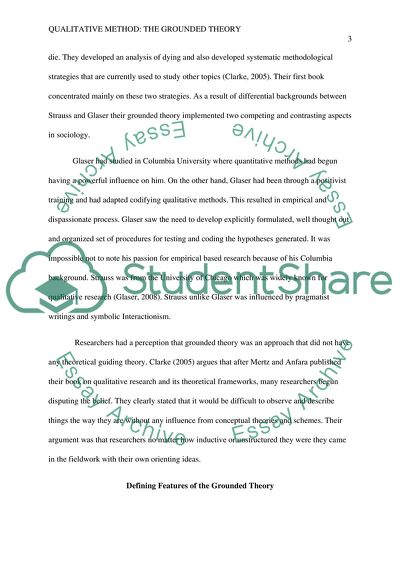Cite this document
(Qualitative Method: The Grounded Theory Research Paper, n.d.)
Qualitative Method: The Grounded Theory Research Paper. Retrieved from https://studentshare.org/statistics/1861652-grounded-theory
Qualitative Method: The Grounded Theory Research Paper. Retrieved from https://studentshare.org/statistics/1861652-grounded-theory
(Qualitative Method: The Grounded Theory Research Paper)
Qualitative Method: The Grounded Theory Research Paper. https://studentshare.org/statistics/1861652-grounded-theory.
Qualitative Method: The Grounded Theory Research Paper. https://studentshare.org/statistics/1861652-grounded-theory.
“Qualitative Method: The Grounded Theory Research Paper”, n.d. https://studentshare.org/statistics/1861652-grounded-theory.


